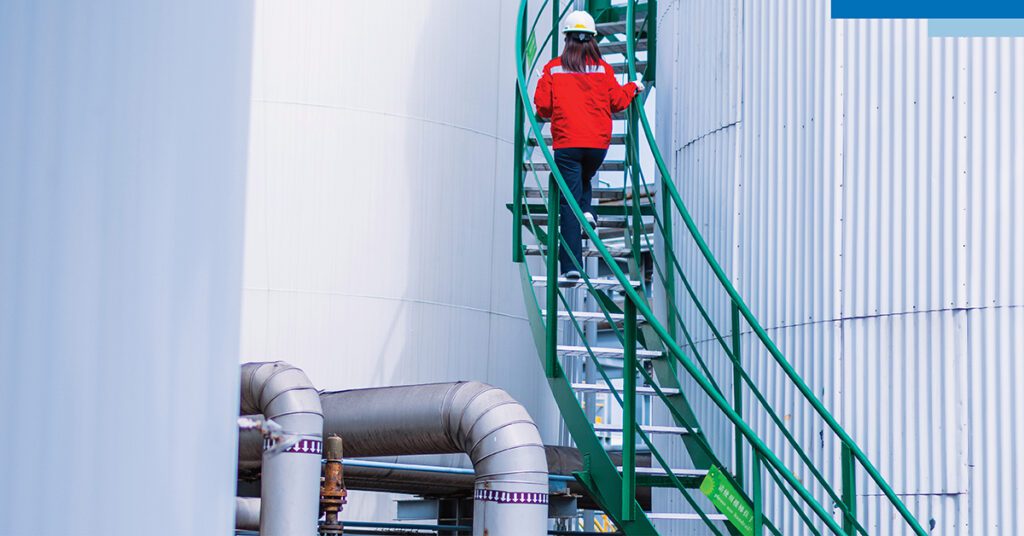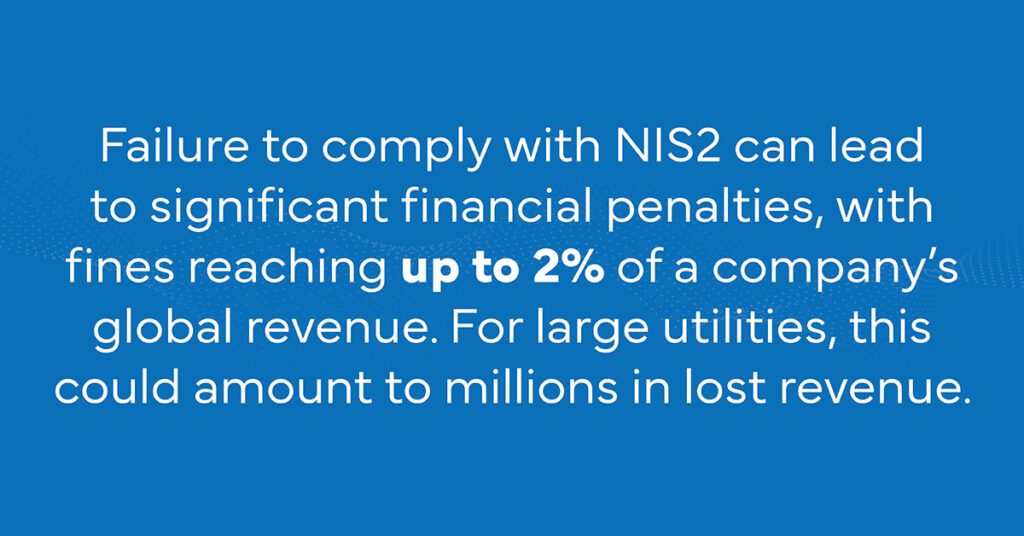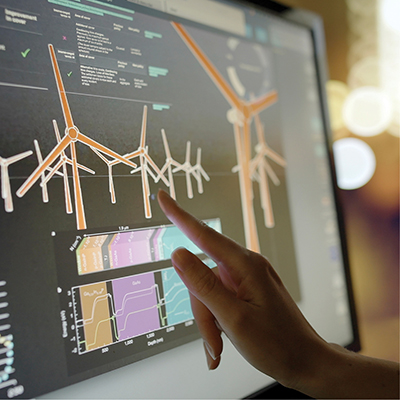- Why Aeris
-
What we offer
Our Platforms & SolutionsAeris Mobility Suite
-
Who we serve
Our Customers & PartnersConnected Industries
- Partner Ecosystem
- About
- Resources
- Login
NIS2 is coming into full force across the EU, exposing utilities to stricter cybersecurity compliance amid increasing risks driven by the rapid growth of connected IoT devices, particularly cellular connected smart meters. The challenges faced by utilities are further complicated by the lack of IT security solutions in the market that can deliver the visibility and control of cellular IoT networks critical for safeguarding their infrastructure and proving compliance.
The NIS2 Directive, the European Union’s updated framework for cybersecurity, is aimed at improving the resilience of critical sectors, especially utilities such as energy, water, and telecommunications. Utilities are now recognized as a prime target for cyberattacks due to the essential services they provide. This makes them increasingly vulnerable to cyberattacks, with ransomware attacks, state-sponsored threats, and disruptions of supply chains becoming more frequent. Recent high-profile incidents, such as the Colonial Pipeline attack, highlight the devastating impact a breach can have, affecting not only operations but also national security and economic stability. Given the essential role utilities play in society, the NIS2 Directive imposes stricter regulations to ensure robust cybersecurity defenses. Compliance is not just a legal obligation but a fundamental part of protecting utility infrastructure, ensuring uninterrupted service, and maintaining public trust.
Core Requirements of NIS2 for Utility Providers
Utilities of all sizes are affected by the updated directive, including those involved in the generation, distribution, and supply of power, water, and gas, as well as their digital infrastructures. Utility providers must report major cybersecurity incidents within 24-72 hours, depending on the incident’s impact. This helps facilitate a coordinated response and mitigation effort, minimizing disruption. NIS2 requires utility companies to adopt a comprehensive risk management approach to cybersecurity, including thorough assessments of both OT (operational technology used to manage physical systems like power grids) and IT, as well as IoT required for remote equipment management and data collection.
Utility companies must also ensure that third-party vendors and suppliers meet the required cybersecurity standards. This is crucial for utilities, where systems often depend on external contractors for maintenance and supply chain continuity, particularly in sectors like energy and water treatment.
In addition to technology, senior management is now directly accountable for ensuring cybersecurity posture across operations compliance including overseeing the implementation of cybersecurity frameworks and allocation of resources for incident prevention and response. Lastly, comprehensive cybersecurity training for all staff, including top management, ensures that everyone plays a role in maintaining robust security practices.
The Impact of Cellular IoT on NIS2 Compliance
Utilities are increasingly taking advantage of cellular IoT to drive digital transformation, improve operational efficiency and customer experience. To achieve NIS2 compliance, utilities should conduct a thorough cybersecurity risk assessment across their IT, OT, and cellular IoT systems, focusing on vulnerabilities such as device firmware, communication protocols, and external connections to critical infrastructure. Updating incident response plans is crucial, with specific protocols for cellular IoT-related threats to ensure timely reporting and coordination with national cybersecurity agencies. Real-time monitoring of IT, OT, and IoT environments is essential for detecting anomalies early and preventing the spread of attacks.
Closing the Security Gap in Cellular IoT
To meet the stringent requirements under the updated NIS2 Directive, utilities with cellular IoT deployments must adopt detection systems and cellular IoT-specific cybersecurity solutions that can detect suspicious, anomalous, and malicious activity in real time. However, traditional network security solutions are not capable of monitoring cellular traffic per device to prevent vulnerabilities from being exploited. As a result, risks cannot be identified and responded to promptly enough to enable effective mitigation and problem resolution. To close this security gap, utilities now need advanced solutions that can continuously monitor cellular IoT devices and traffic at granular level, detecting abnormal behavior and vulnerabilities before they are exploited and responding to threats in real time. Full automation is another key capability for assisting teams in fulfilling compliance reporting requirements and providing proof of compliance for management and auditors.
The Cost of Non-Compliance for Utilities
- Severe fines for non-compliance (up to 2% of global revenue or more, depending on severity):
Failure to comply with NIS2 can lead to significant financial penalties, with fines reaching up to 2% of a company’s global revenue. For large utilities, this could amount to millions in lost revenue. - Potential disruptions in service that can lead to operational downtimes and reputational damage:
A cyberattack on utilities can cause massive service disruptions. Blackouts, water shortages, or telecommunications failures can lead to not only operational losses but also damage to a company’s reputation and long-term customer trust. - Loss of customer trust and increased risk of targeted attacks on vulnerable infrastructures:
In the utility sector, losing customer trust due to a breach can be damaging. Once cybercriminals identify weaknesses in critical infrastructure, repeat or more sophisticated attacks may follow, leaving utilities in a vulnerable position.
As utilities increasingly adopt cellular IoT for smart grid management, water monitoring, and automation, the need for robust cybersecurity targeting cellular IoT networks and devices grows. In the face of rising cybersecurity risks and regulatory requirements, it is crucial for utility organizations within the EU to prioritize NIS2 compliance to prevent potentially catastrophic service disruptions, protect the infrastructure, services, and devices including cellular IoT. Compliance with the NIS2 Directive is not optional. Non-compliance affects organizations both financially and operationally. The penalties are severe.
Don’t let cybersecurity gaps put your utility business at risk.
Find out more about how Aeris can help you stay secure and compliant now.
About Aeris
Founded in 1996, Aeris is a leading global provider of IoT software platforms and solutions that secure and simplify global deployments to help companies and industries unlock the full potential of connected technology. Our IoT platforms are trusted by a global installed base of 7000 enterprises with over 80 million mobile IoT devices connected via our partners across the world, of which 12 million are deployed for utilities in Europe.
Driven by our growth vision, Aeris is investing significantly in mission-critical value-added services including security and business intelligence to enable a secure, connected, smart world. Headquartered in San Jose, California, Aeris has nine offices across the US, Europe and Asia.




